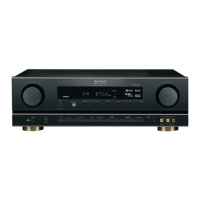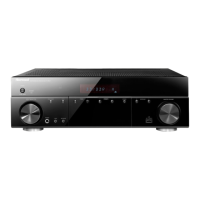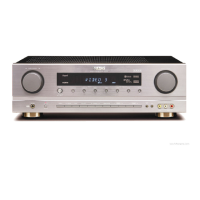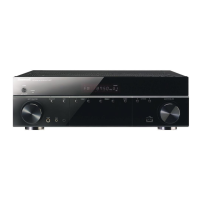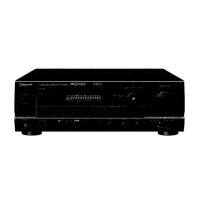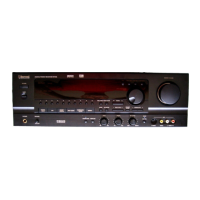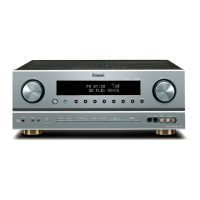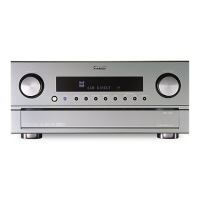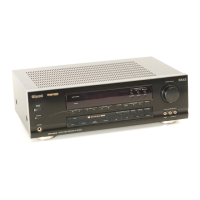
Do you have a question about the Sherwood R-125 and is the answer not in the manual?
| Tuning range | FM, MW |
|---|---|
| Frequency Response | 20Hz to 20kHz |
| Power Output | 25 watts per channel |
| Channels | 2 |
| Input Sensitivity | 2.5mV (MM), 150mV (line) |
| Speaker load impedance | 8Ω to 16Ω |
Guidance on unpacking, saving materials, placement, and ventilation.
Explains the meaning of safety symbols like 'Risk of Electric Shock' and 'Dangerous Voltage'.
Safety precautions and voltage requirements for USA, Canada, Australia, and Europe.
Information on setting the AC voltage selector switch for international use.
Important safety notes and warnings before making any electrical connections.
Guidance for connecting equipment lacking specific input/output labels.
Instructions for connecting FM indoor, FM outdoor, and AM loop antennas.
Details on connecting turntables, CD players, and other audio sources.
Connecting TV/AUX sources and VCR/Camcorder A/V inputs.
How to connect a cassette deck or digital recording device.
Connecting video sources and outputting to a TV monitor.
Connecting rear, center, and front speakers for surround sound.
Connecting DIGI LINK III, power lead, and using switched outlets.
Connecting headphones and speaker positioning for optimal surround sound.
Explanation of power, speaker selection, and headphone jack functions.
Understanding the fluorescent display and reset function.
Adjusting bass, treble, and stereo balance.
Selecting FM modes, tuning, and storing preset stations.
Selecting input sources and adjusting master volume.
Selecting surround modes and understanding VCR/Camcorder inputs.
Meaning of various status indicators on the receiver's display.
How to install batteries and operate the receiver with the remote.
Controlling power, sleep, display, source, and volume.
Adjusting surround mode, center mode, delay, and levels.
Scanning and selecting radio stations and presets.
Operating cassette decks and CD players using the remote.
Adjusting equalizer patterns and monitoring tape recording.
How to turn the receiver on/off and put it into standby.
Adjusting volume, balance, treble, and bass.
Selecting input sources and choosing surround sound effects.
Explains Dolby Pro Logic, 3 Stereo, Simulated, Theater, and Hall modes.
Customizing center mode, rear level, and delay time for modes.
Using Test Tone for speaker level adjustments in Pro Logic/3 Stereo.
Performing automatic and manual tuning for radio stations.
Storing, programming, and tuning to preset radio stations.
Using the sleep timer and dubbing audio/video between VCRs.
Technical details for power and preamplifier sections.
Specifications for S/N, tone controls, and frequency response.
Technical details for FM and AM tuner sections.
Physical dimensions and weight of the receiver unit.
Recommendations for cleaning and maintaining the receiver.
Resolving problems related to no power or no sound from speakers.
Troubleshooting remote control operation and radio reception problems.
Diagnosing and fixing humming, static, or interference issues.
